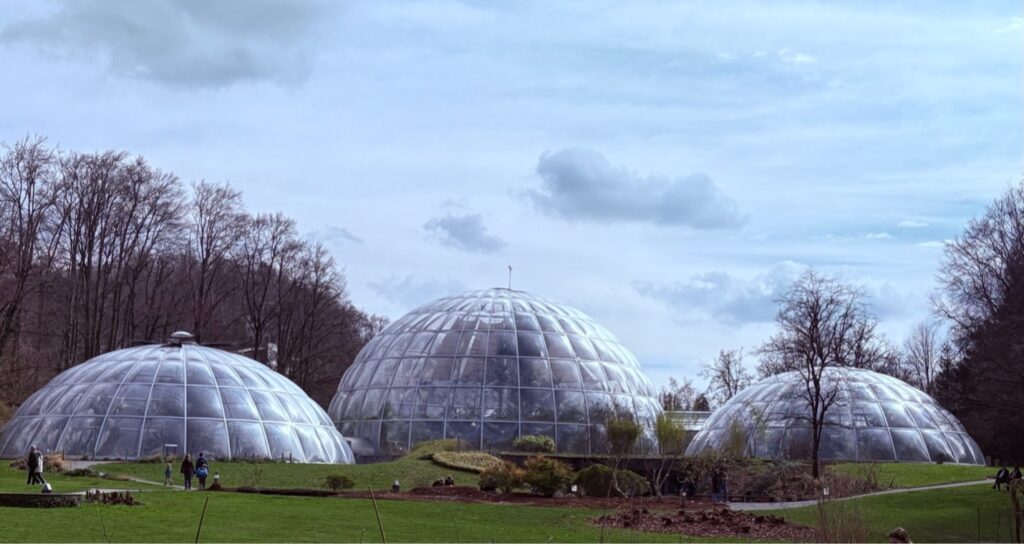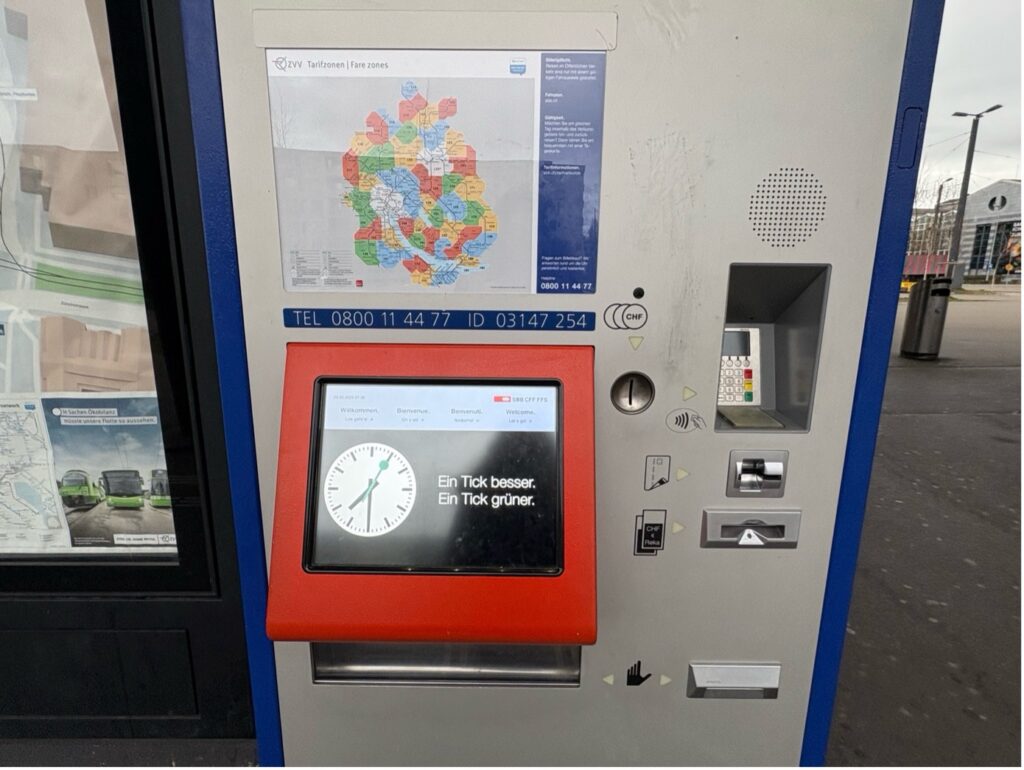Table of Contents
ToggleGrowing up just a short drive from Zurich, I’ve spent countless days exploring Kyburg Castle near Zurich, first as a curious kid and later with my own children in tow. If you’re looking for a day or half-day escape from the city, I can’t recommend it enough! Nestled high on a hill with the peaceful Töss River winding below, Kyburg Castle feels like stepping straight into the pages of a medieval storybook.
One of the largest and best-preserved medieval castles in Switzerland, it’s packed with history. Walking through its grand halls, you can almost feel the presence of the powerful counts of Kyburg and the Zurich bailiffs who once ruled from within these walls. It’s not just a history lesson—it’s an experience. The museum does an incredible job of bringing those centuries-old stories to life, offering glimpses into everything from political intrigue to everyday castle life.
I remember being fascinated as a child by the late Gothic frescoes and the chapel where the imperial regalia were once stored, and even now, they still capture my imagination. Fun fact: the museum here was actually the first in Switzerland, having opened in 1865! It continues to amaze visitors with its rich cultural history.
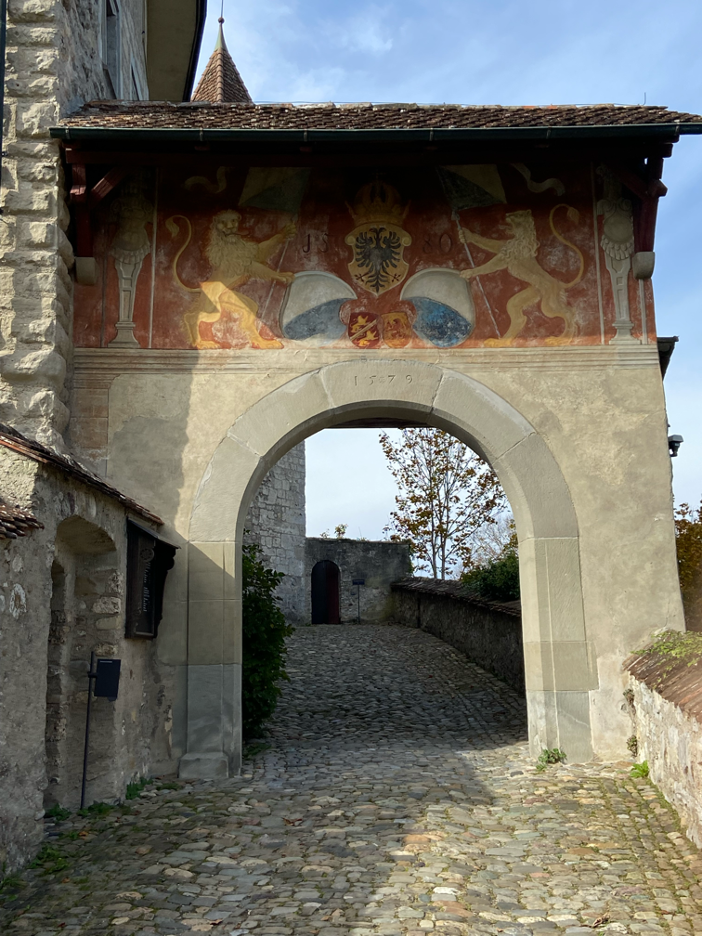
Delving into the Dynastic Legacy: A Journey through Kyburg Castle’s History
The annals of Kyburg Castle begin in 1070 when Duke Hartman von Dillingen, through his union with Adelheid von Winterthur, laid the cornerstone for the illustrious Kyburg Dynasty.
Despite the original fortress succumbing to decay in 1079, the visionary Duke Ulrich III von Kyburg, a distinguished noble in south-western Germany, envisioned and realized a modern castle complex around 1200.
This complex, complete with a tower, palatial residence, protective curtain wall, and a sacred chapel, marked the expansion of the Kyburg family’s dominion from the shores of Lake Constance to the reaches of Fribourg.
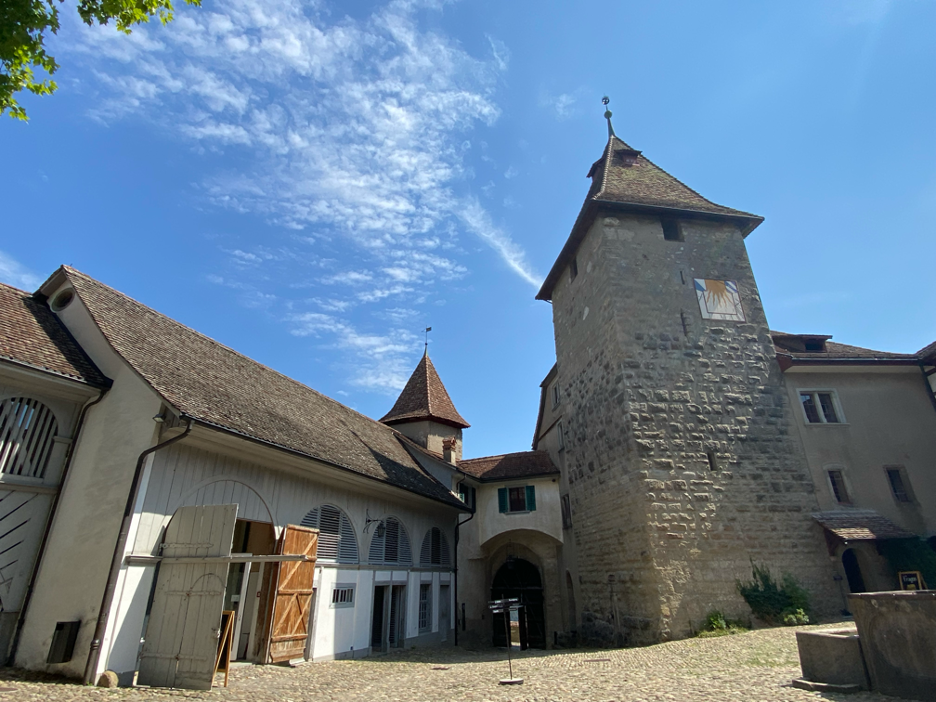
The absence of direct male successors in 1264 saw the vast Kyburg estates seamlessly integrate into the Habsburg lineage, thereby amplifying their wealth and stature.
This strategic acquisition played a pivotal role in Rudolf von Habsburg’s rise to the German throne. In a testament to its significance, Rudolf’s progeny selected Kyburg Castle as the custodian of the revered Imperial Regalia. The castle’s prominence was further solidified by Duke Leopold III, who augmented the complex with an imposing grand hall.
The year 1424 marked a transformative era for Kyburg Castle as the city of Zurich acquired the castle and its territories, effectively expanding its realm. The castle transitioned into a regal residence and the administrative epicenter for the Zurich-appointed bailiffs, signifying a metamorphosis from a military bastion to a stately administrative seat.
Post the Helvetic Revolution, Kyburg Castle continued to serve as a district headquarters until 1831, when it transitioned into private ownership. In a historic move, Matthäus Pfau inaugurated the castle to the public in 1865, offering guided explorations and founding Switzerland’s inaugural castle museum, thus beginning a new chapter in the castle’s storied legacy.
Exploring the Depths of History: Kyburg Castle’s Museum
Kyburg Castle has been a favorite of mine since I was a kid. There was something about its towering walls and rich history that always pulled me in, sparking my imagination with stories of knights, battles, and everyday life from centuries ago. Even now, every time I visit, I feel that same fascination, like stepping back into a world where history lives in every corner.
The castle’s museum is incredible—it’s like a time machine that takes you through a thousand years of Swiss history. I remember being wide-eyed as a child, wandering through the armory filled with old weapons, peeking into the dungeon murmuring secrets of the condemned, courtrooms echoing with the voices of justice, and a chapel adorned with 15th-century wall paintings that speak of faith and artistry. Each space within the castle is a chapter from history, waiting to be read.
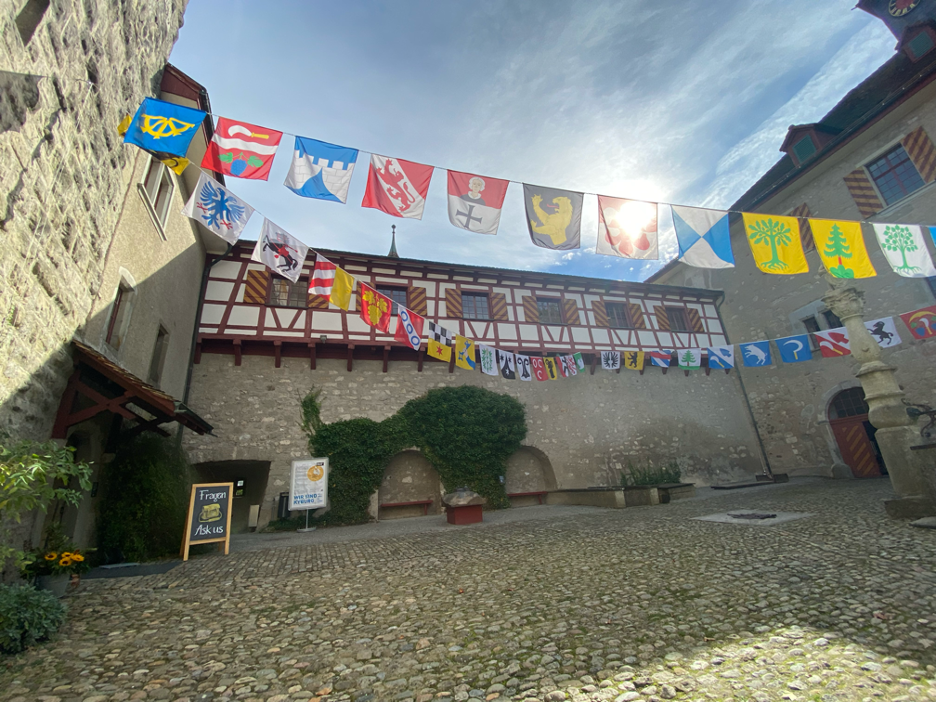
What’s great about the museum is how it caters to everyone, no matter your age. The exhibits are thoughtfully explained, with artifacts ranging from paintings to everyday tools that really give you a sense of what life was like back then. For kids (and let’s be honest, adults too!), there are interactive displays that make learning about history so much fun.
And then there’s the “Eiserne Jungfrau”—the infamous Iron Maiden. I remember how much it captured my imagination as a kid, and it still gives me chills today. Whether it was truly used or just part of the myths surrounding medieval torture, it’s hard not to feel a little shiver when you see it standing there in the attic, reminding us of the darker side of history.
Kyburg Castle is a place where the past truly comes to life, and every visit feels like uncovering a new layer of its fascinating story.
The Verdant Oasis: Kyburg Castle’s Enchanted Gardens
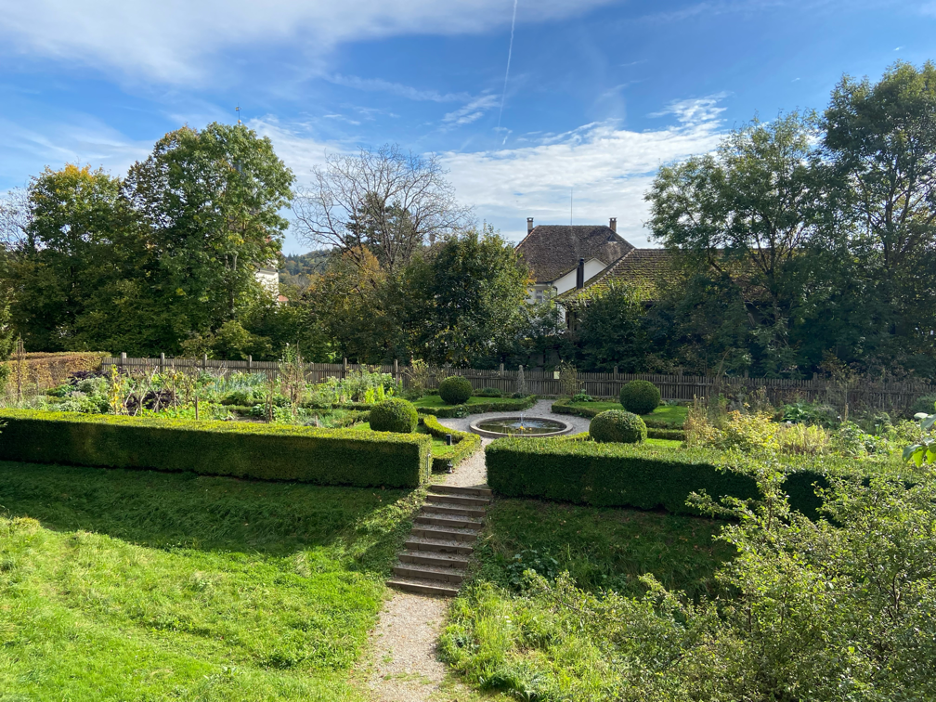
Stepping onto the ramparts between Kyburg Castle’s twin moats is like walking into a peaceful, green hideaway where history and nature blend perfectly.
The garden here is something special—it’s full of life, with everything from sturdy cabbages and root vegetables to delicate legumes and beautiful flowering shrubs. It’s a nod to the days when the castle’s bailiffs relied on this very space for their food and medicine. The castle gardener still keeps the tradition alive, growing vegetables, fragrant herbs, and even medicinal plants, just like they did centuries ago.
Scattered among the majestic lime trees, you’ll find benches that practically invite you to sit down and take it all in.
And for those visiting with kids (or who are kids at heart), there’s a charming play area filled with life-size wooden animals. It adds a fun and magical touch to this already enchanting spot, making it a great place for everyone to enjoy!
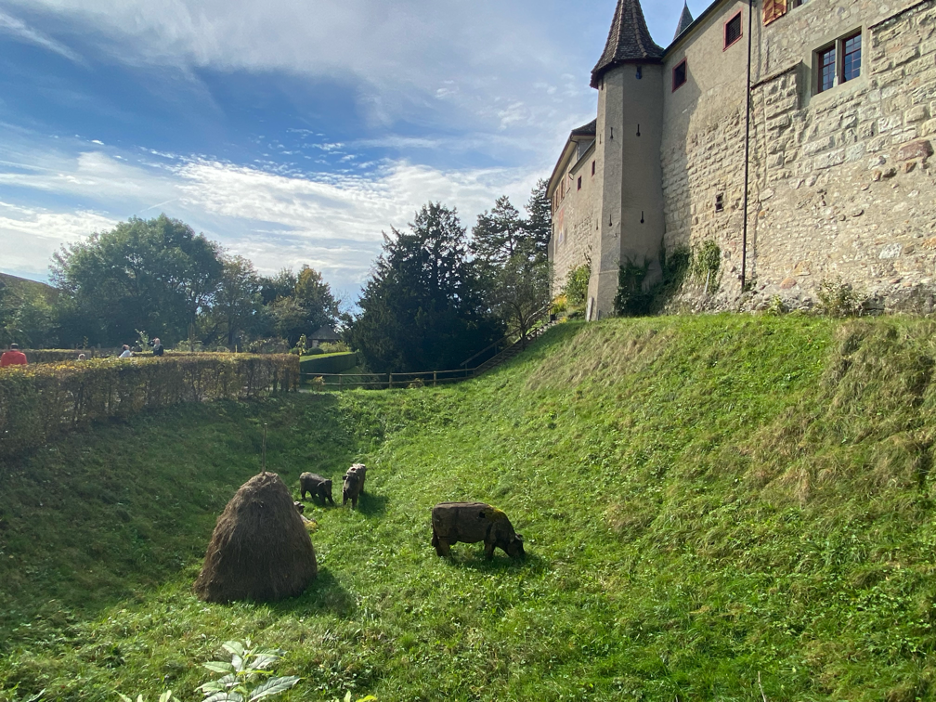
The Ring Wall Path: A Walk Through Time

If you take a stroll along the Ring Wall Path, which reopened in 2017, you’ll witness the duality of Kyburg Castle’s character. On the front, the castle presents itself with the elegance befitting the bailiffs’ stately residence. In contrast, the rear stands as a formidable fortress, its imposing presence accentuated by the steep slopes it majestically overlooks.
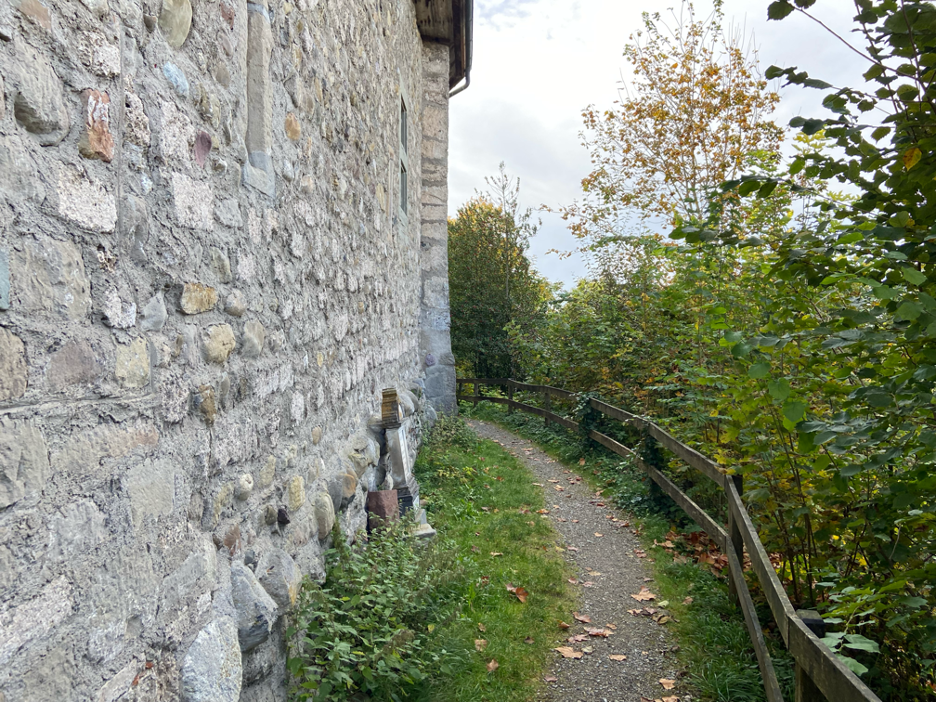
This path is more than a mere walkway; it’s a narrative thread that weaves through the castle’s dual nature. To the south, you see the refined living quarters, and to the north, you get a glimpse of the stronghold that was so strategically important. Every step gives you a new perspective on the castle’s incredible history, showing just how much Kyburg was both a place of power and protection.
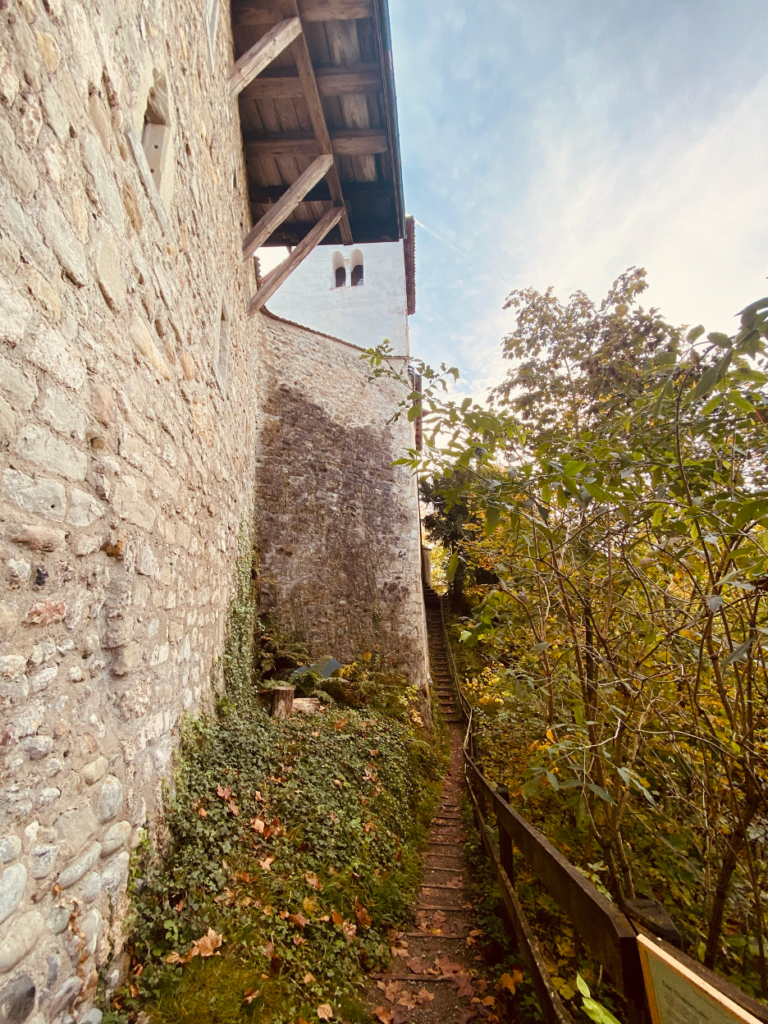
Seasonal Splendor: Best Times to Visit Kyburg Castle
Kyburg Castle welcomes visitors to its historic grounds from the awakening of spring to the golden hues of fall. The castle gates open from April 1st until October 31st, daily from 10:00 am to 5:30 pm, inviting guests to explore its timeless beauty. I’ve always found it especially magical in the spring, when everything is in bloom, or in the fall when the leaves turn golden.
And if you’re planning a holiday visit, the castle stays open on key dates like Good Friday, Easter, May 1st, Ascension Day, and, of course, Swiss National Day on August 1st. It’s a great time to catch some extra festivities!
Culinary Delights: Dining at Kyburg Castle
After having explored Kyburg’s rich history, you’ll probably work up an appetite. Luckily, the castle has a cozy café right on-site where you can grab a refreshing drink or a light snack—perfect for a quick break during your visit. But if you’re craving a heartier meal, I’d recommend taking a short walk into the village. Two local favorites are Restaurant zur Linde and Restaurant Gastro Hirschen, which promise a taste of local cuisine in a picturesque setting.
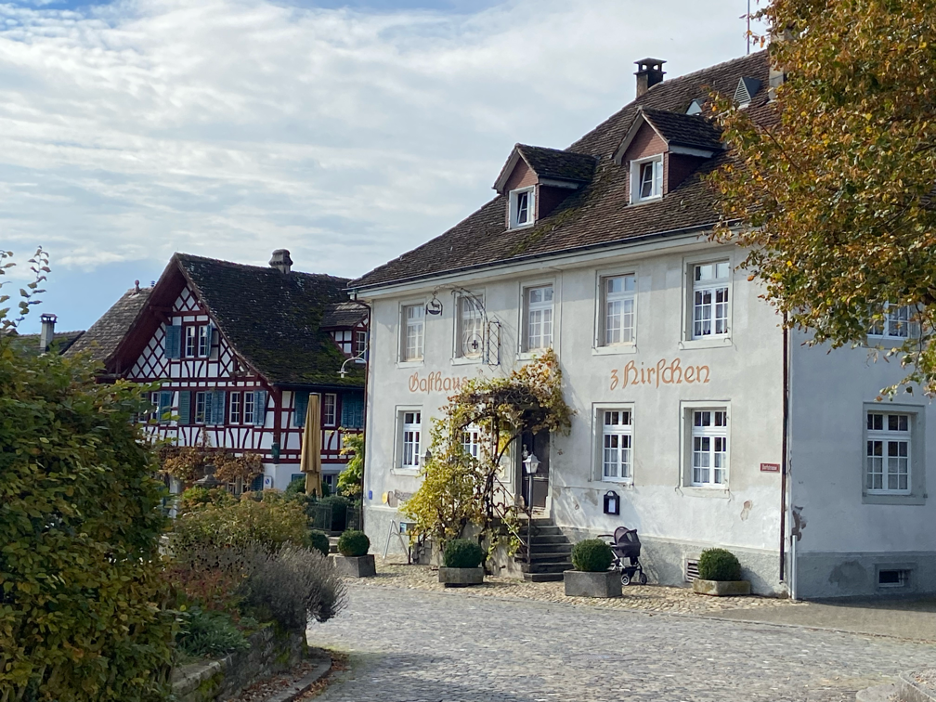
For visitors who prefer dining al fresco, the castle’s surroundings provide an idyllic backdrop for a picnic. On sunny days, I like to spread a blanket on the castle grounds or find a secluded spot in the nearby forest. This always managed to turn a simple meal into a memorable experience.
Admission and Audio Tours: A Guide to Kyburg Castle’s Pricing
Adults can explore the castle for CHF 12, while students and apprentices pay a reduced rate of CHF 9. Kids between 6 and 16 can dive into the castle’s history for CHF 5, and the little ones under 6 get in for free. If you’ve got a Swiss Travel Pass, you’re in luck—your visit is included!
To make the experience even better, there’s an audio tour called “Kyburg in your ear” available in German, English, French, and Italian. It’s like having a personal guide to lead you through the castle’s fascinating history. This is available for a nominal fee of CHF 3 per person.
How to Get to Kyburg Castle: Your Transport Options
By Public Transport
Embark on a convenient journey from Zurich Main Station aboard the S-Bahn trains (S24, S3, S7, S8) to Effretikon. From there, bus number 655 will ferry you to the heart of Kyburg. The train ride is a swift 15-20 minutes, followed by a 20-minute bus trip to “Kyburg-Dorf” stop. A brief 3-minute walk will then lead you to the castle’s gates.
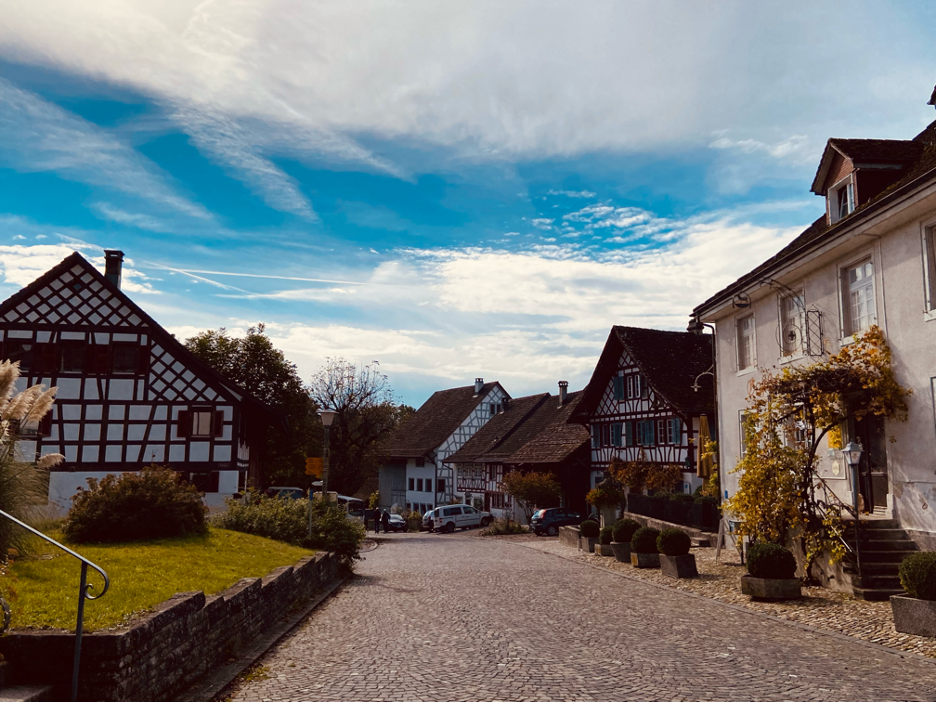
By Car
If you’re driving, navigate the A1 motorway towards St. Gallen and exit at “Effretikon”. Follow the brown “Kyburg” signs that will guide you to the castle. Convenient parking is available just before you enter the village.
By Foot
For adventurers, scenic hiking trails to Kyburg Castle beckon. Whether you’re setting off from Winterthur, Sennhof-Kyburg station, Kemptthal, or Effretikon via the planetary trail, the routes offer picturesque views and range from 45 minutes to 3 hours. Along the River Töss, you’ll find perfect picnic spots to rest and enjoy nature. The trail from the Töss Valley features a woodland path with steps and an ascent of over 100 meters, leading you directly to the castle’s embrace.
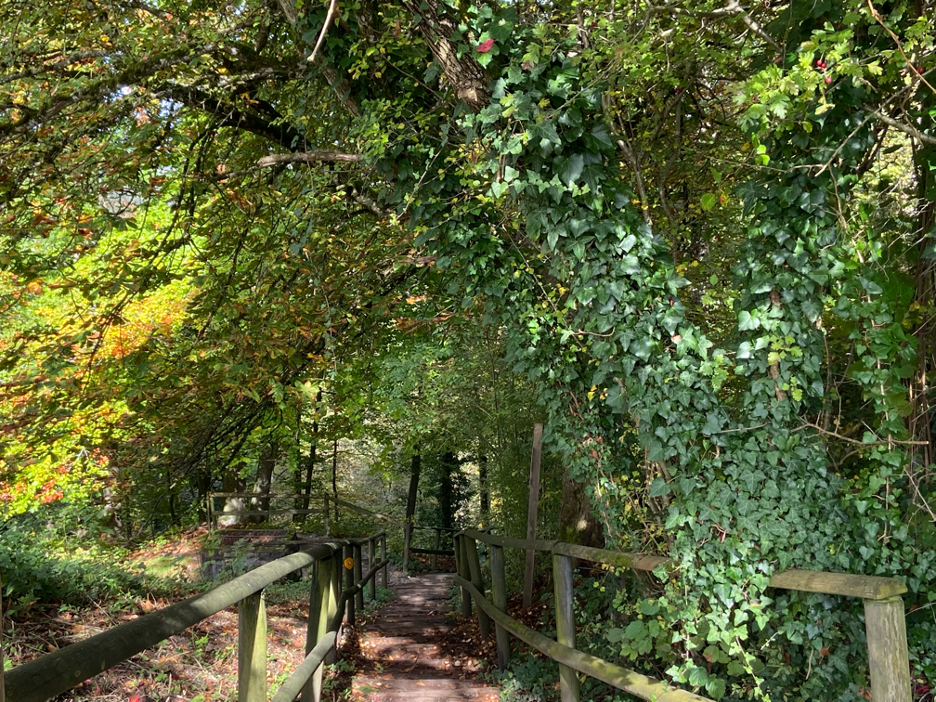
Embracing the Legacy: Kyburg Castle’s Timeless Allure
As our visit to Kyburg Castle wraps up, I can’t help but feel the same awe I did as a kid. From its early days in the 10th century to the treasure it is today, Kyburg has this amazing ability to transport you back in time while reminding you of the rich history that shaped this region.
Walking through its ancient walls, strolling through the gardens, and exploring the museum really makes you appreciate how much effort has gone into preserving this slice of medieval Switzerland. Whether you come for the history, the architecture, or just to escape into the peaceful Swiss countryside for a bit, Kyburg Castle near Zurich never disappoints. It’s one of those places that leaves a lasting impression, no matter how many times you’ve been.


